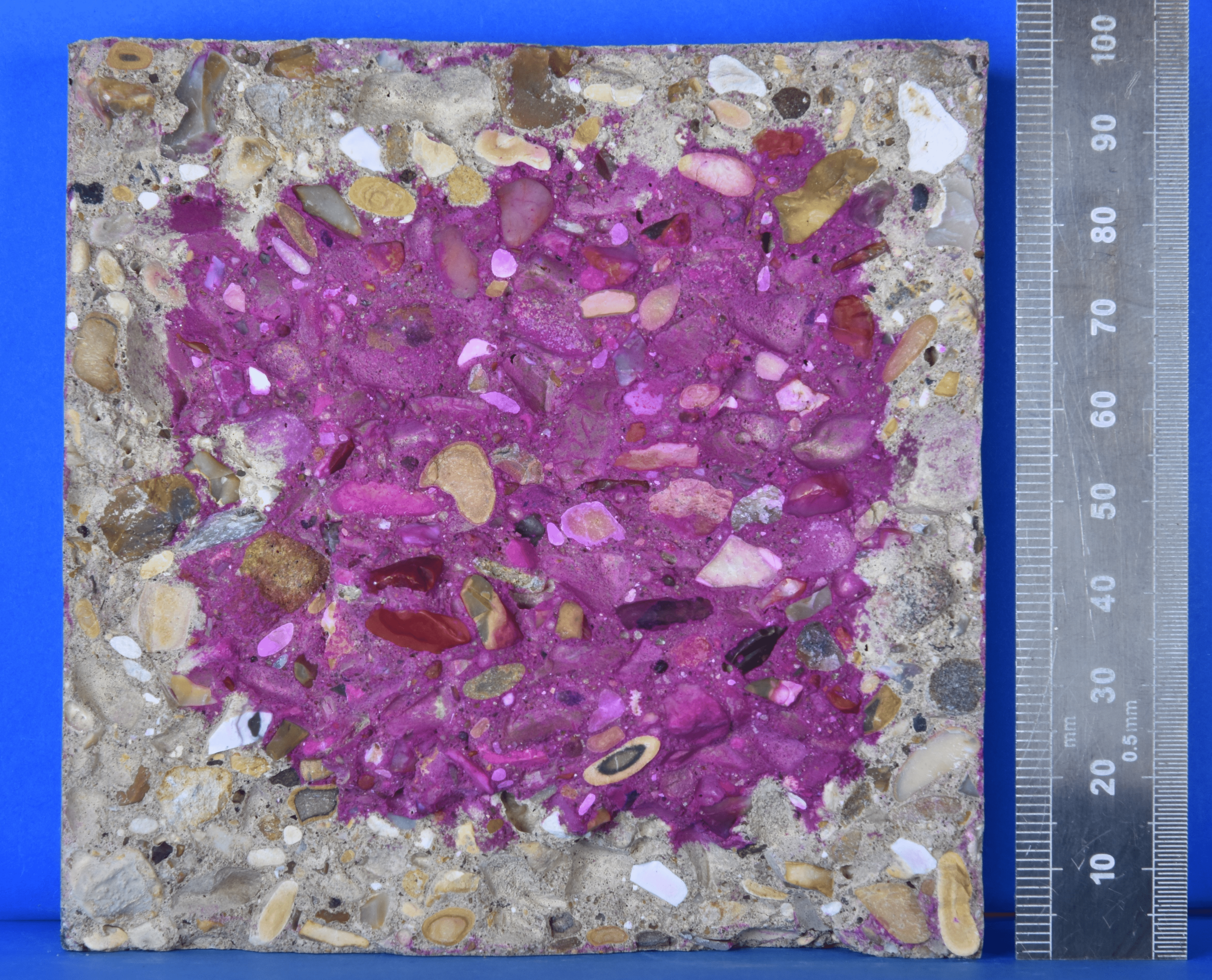
Submitted by Callum White on Tue, 07/03/2023 - 15:51
Some of the findings from CIRG member Jess’s PhD research were recently published in a new paper in the journal Materials and Structures. Jess's thesis aims to improve understanding of concrete carbonation through a combination of experimental research and analytical modelling techniques. She took two different approaches to assessing concrete carbonation and compared how well these fit experimental results collected by herself and others in accelerated test conditions, which enable quick prediction of carbonation behaviour in real-world conditions.
Jess explains, “Concrete is the most heavily used synthetic material on the planet and currently requires large volumes of cement, manufacture of which is responsible for an estimated 5–8% of global CO2 emissions, driven by the sheer volume that’s used today. Although carbonation is cited by many cement manufacturers as a key to net-zero emissions in the industry, concrete never absorbs as much CO2 as we see emitted during the creation of the cement it uses, and this process causes significant damage to steel used alongside concrete in modern reinforced structures. I am delighted to have contributed to advancing our understanding of concrete carbonation, and appreciate the support I’ve received every step of the way from Professor Janet Lees, who has supervised both my Master’s and PhD degrees. This paper shows that even the current models being used in practice need scrutinising and refinement, because any assumptions, however small, can have an influence on the efficiency of material use based on these models.”

